Bulletproof Business Case, Part 5 - Cost-Benefit Analysis: MINI COURSE
Length:
In-person classes /Virtual (Live online) - 2 hours
Overview:
Project teams often find themselves developing business cases for the performing organization. When asked to do so, it is critical to create a solid business case. All too often, project teams are asked to implement a solution before the underlying problem is known or assessed. No one likes working on misguided projects, or efforts that don’t meet business needs, or projects doomed for failure. Worst of all are projects that are cancelled because of lack of support or sponsorship. A well-defined business case helps prevent these issues.
An essential ingredient to successful projects is a clear and relevant business case. It provides both insights into and a proposed solution for important business needs. Bulletproof business cases contain feasible and effective ways of justifying and recommending projects that squarely address business needs, both problems and opportunities.
Through this series of course segments, you will learn a repeatable process that starts with identifying business needs and ends with a bulletproof business case. You will learn and practice applying each step in a 5-part approach to developing business cases. Help contribute to your organization’s bottom line with bulletproof business cases!
WHY TAKE THIS SERIES
- Learn a practical and repeatable process for developing solid business cases.
- Guide your organization to solve the right problems and address the right business needs.
- Help prevent unwarranted and potentially wasteful projects from getting initiated.
- Function as a trusted advisor to your business.
- The small-class environment, practical exercises, and a realistic case study keep you engaged and aid in your retention and learning.
PART 5:
A bullet proof business case should be cost-justified, and this session starts by presenting background on benefits and costs. We cover the top four methods used today for cost-justifying a project and practice using the techniques.
Objectives:
- Describe typical types of benefits and costs contained in business cases.
- Name and define the four most commonly used financial valuation formulas.
- Perform cost-benefit analysis for business cases using the four essential financial valuation formulas.
Pre-requisites: Experience working on projects. Individuals who have experienced problems from projects initiated without a business case may advance quicker at first.
Skill Level: Intermediate
Audience:
Business professionals who are asked to create business cases for their organization. This could be business analysts, project managers, process analysts, or any business staff.
PDUs/CDUs:2 CEUs: 0.2
Format:
To help assimilate the tools and techniques learned, there is a mixture of various kinds of exercises throughout the course. A lively case study throughout the series helps to reinforce concepts learned. Students will need to be prepared for a high level of participation. Each participant will receive a comprehensive student guide complete with examples and workshop solutions.
WHAT YOU’LL RECEIVE
- Comprehensive study guide with PowerPoint slides and detailed notes to serve as both an in-class guide and on-the-job reference.
- Example case study running throughout the series.
- A second workshop case study designed to give practice in applying business case skills.
- Workshop solutions that serve as an example business case.
- Comprehensive business case template to use on the job to jump-start your real-life business cases.
- Class discussions and exercises to reinforce the information presented.
Content:
- Benefit types and tips for citing them
- Cost types and tips for identifying them
- Four essential and industry-standard financial valuation techniques: Payback period, ROI, Internal Rate of Return, and Net Present Value
- Case Study Workshop: Practice performing financial valuations for a case study
NOTE: We are constantly improves our course offerings to ensure the best training possible and to keep you abreast of the latest industry trends. As a result, this outline is subject to change.
